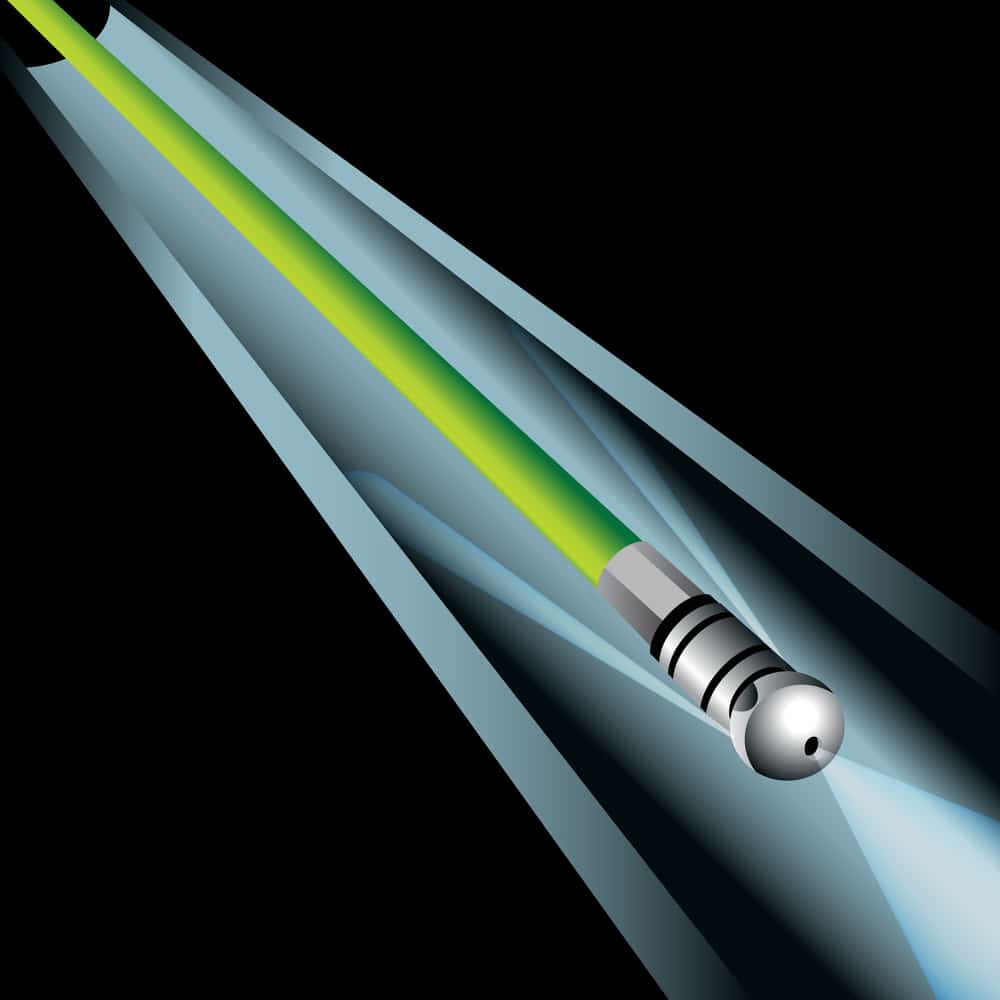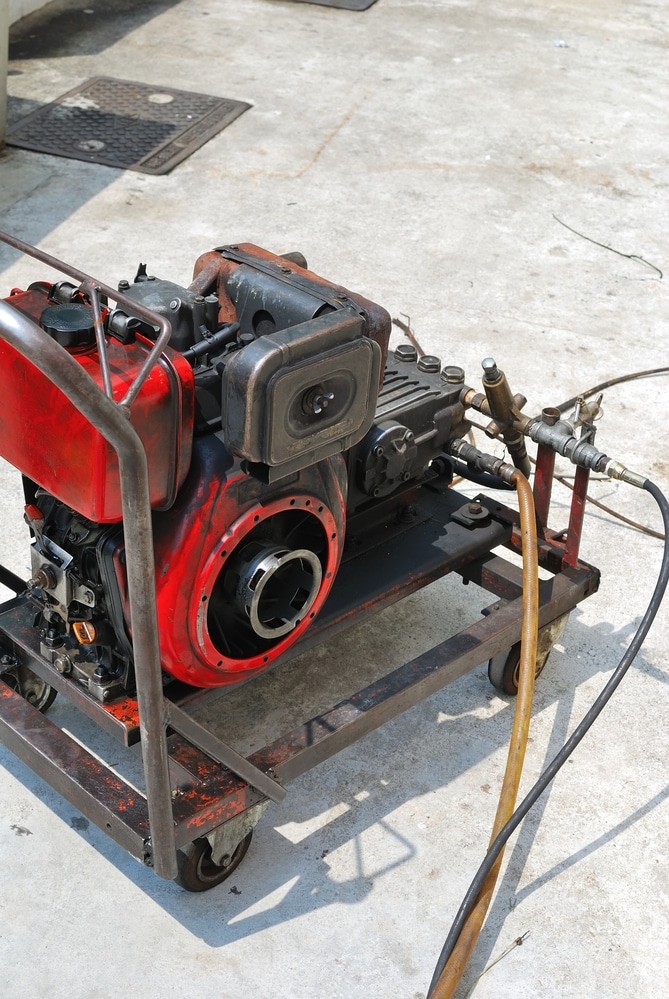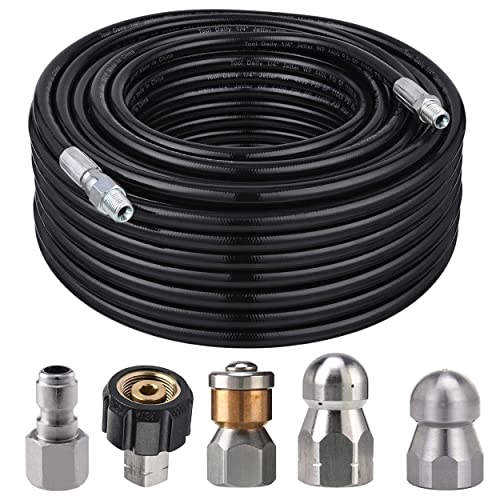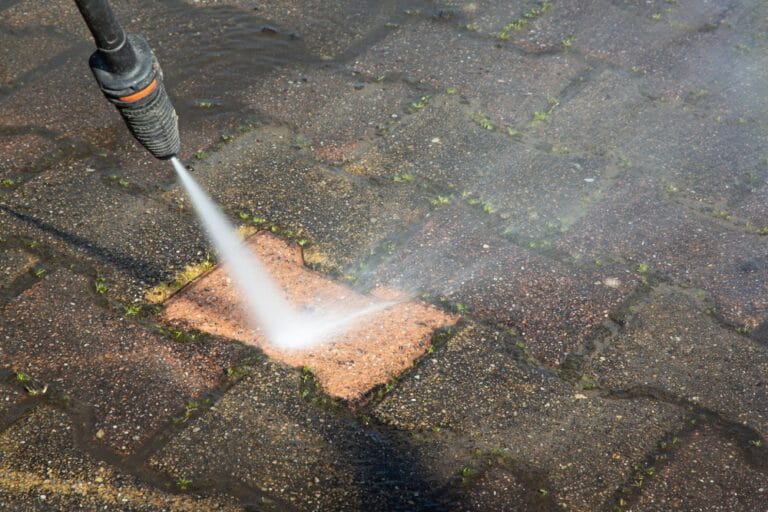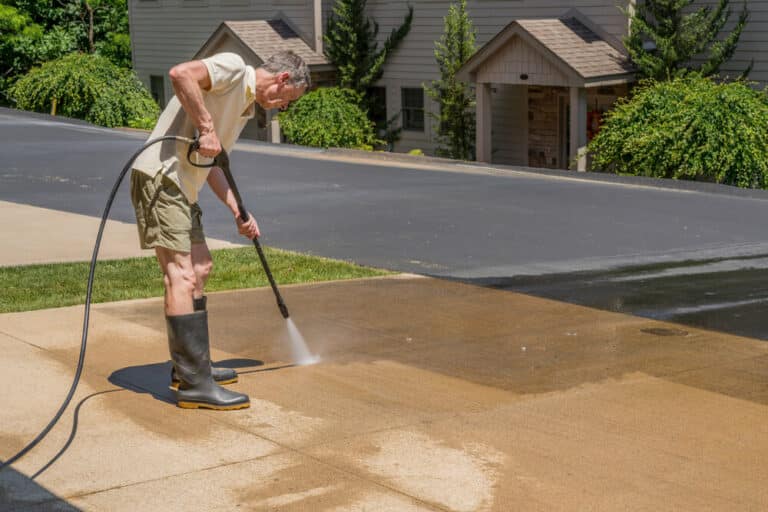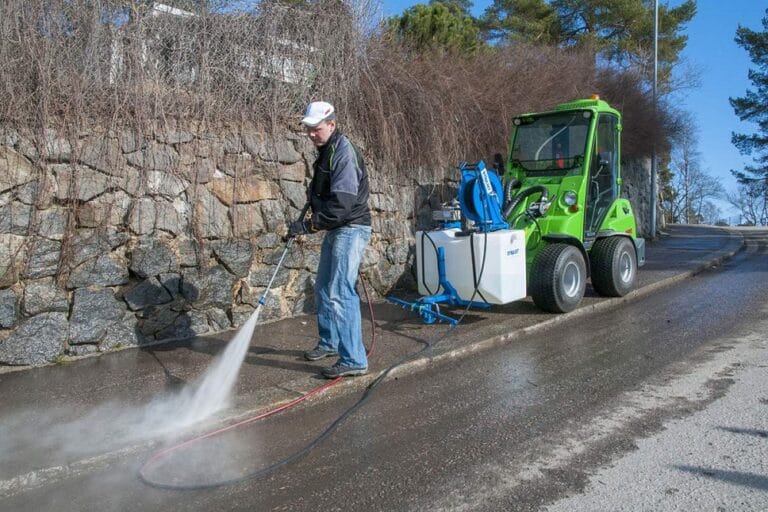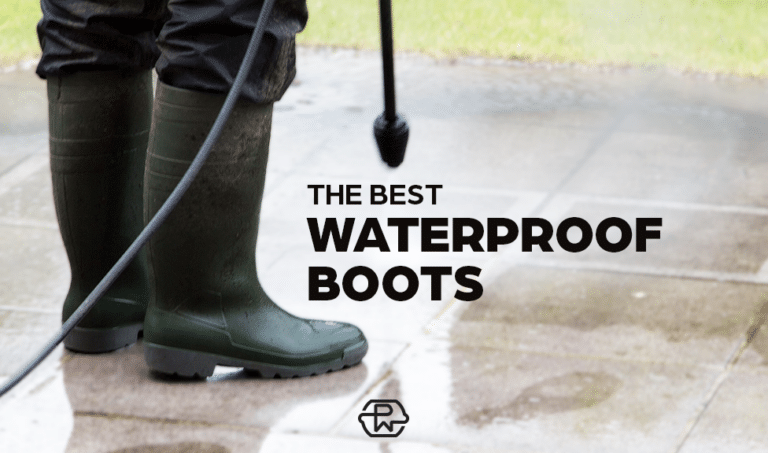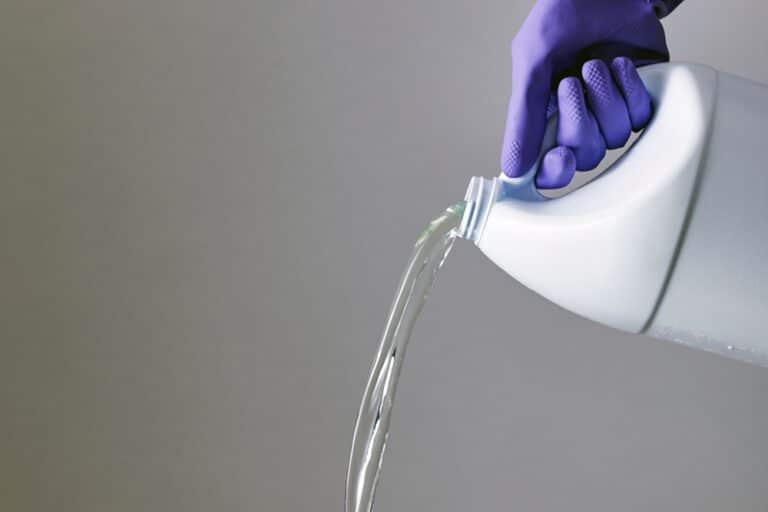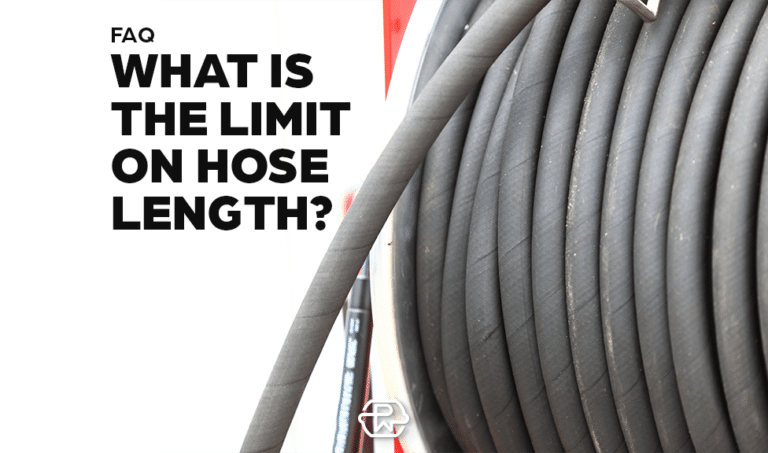How to Convert Your Pressure Washer into a Sewer Jetter
Turning your pressure washer into a sewer jetter could save you hundreds, if not thousands, of dollars in maintenance if you are a homeowner. If you do not have a pressure washer yet, this is yet another reason you need to have such a universal piece of equipment that will more than pay for itself. The average cost of jetting a sewer is $500 to $900 if you need to hire a professional plumber.
Signs You Need a Hydro Jetter
If you are finding that multiple drains in your home are backing up, tried snaking, or used a drain cleaner (like Drain-O) to clear the lines with no effect, it may be time to jet out your sewer line(s). You will find jetting to be a better long-term solution as not only does it open the sewer lines but it also cleans them.
If you are experiencing any of the following, using a high pressure water jetter could be the ideal solution.
- Pipes are draining slowly
- Gurgling or noisy pipes
- Sinks have smelly drains
- Unexplainable increases in monthly water bill
- Pipes may be old and potentially deteriorating
What is a Sewer Jetter?
Simply put, a sewer or “water jetter” is a high pressure hose used to clean clogged drain lines. Both professional and DIY plumbers use this tool for heavy-duty drain cleaning projects in both homes and businesses.
The most common blockage problem in homes are caused by tree roots growing within sewer drain pipes.
There are many variations of nozzles, mainly due to different angles of the water stream, but the below image of a laser sewer nozzle is one option (they also come in rotating nozzles and button nose nozzles – more on this below).
Can You Convert Your Pressure Washer Into a Sewer Jetter?
Most likely, yes. Chances are your pressure washer can be converted using a simple conversion kit found on Amazon. You will want to make sure your pressure washer has a PSI (pounds per square inch) of at least 1,500 and no more than 4,400 PSI of pressure.
Most conversion kits we found on Amazon support up to 4,000 PSI, which can support most electric pressure washer models we use and most non-commercial gas pressure washer models.
The main difference between your pressure washer and an industrial sewer jetter is the amount of water, measured in Gallons Per Minute (GPM), will be less. Your pressure washer will typically have a GPM rating of 2 to 4 GPM where a typical sewer jetter will be 4 to 9 GPM and can be over 25 GPM when mounted on the back of a truck or trailer.
As a guideline, you will want a machine that delivers close to 2 GPM and at least 2,000 PSI. Otherwise you might be looking at a long day of clearing debris/buildup from your drainage pipes.
What is a Sewer Jetter Conversion Kit?
A sewer jetting kit connects to the handle of your pressure washer and comes in many different options. There are two main parts to a sewer jetting kit (buy on amazon through this link).
- Sewer jetting kit include 100 feet sewer jet hose
- Bbutton nose sewer jet nozzle
- Rotating sewer jetter nozzle
- Corner sewer nozzle
- M22 14mm female to 1/4’’ female NPT coupler
- 1/4’’ quick coupler plug.
Jumper Hose
The hose attaches to your pressure washer sprayer via couplings, also referred to as a ball valve if the hose can’t connect to the spray wand. A typical hose length is usually 50-100ft, has a slick cover to move through pipes easier, and is resistant to abrasion when working down lines.
You will want to know what the PSI on your pressure washer is as well as the approximate length of the pipe you are wanting to clean (if you do not know, 100ft of a sewer jetting hose is probably a good option).
You will find some hoses come on a reel to easily roll up when you are finished and keep the hose from getting tangled. These are a good option but are slightly harder to clean after use.
Sewer Jetter Nozzle
The names may vary slightly, depending on who is selling them, but there are three main nozzles: laser, rotating, and button nose. The rotating and button nose are most popular.
You can also get nozzles with different degree sprays, from 0 degrees (straight on and good for blockage) to 40 degrees (called flushing nozzles). The spray that comes out the sides and at an angle helps pull the hose down the drain so you are not forcing the hose down.
Here are the primary uses of nozzles, so understanding your issue will help you decide which one you need.
- Removing blockages
- Cleaning debris
- Cleaning along the pipes (great preventive care).
Connecting your sewer jetter to your pressure washer
Once you have decided which sewer jetter you would like to get, connecting it to your pressure washer is easy by following these steps.
- Connect your water line to your power washer like you would normally do.
- Then use the quick connect coupler that should be included in your sewer jetter kit to your spray wand.
- At the other end of your jetter hose, use the quick connector to connect the nozzle you would like to use.
How to use the sewer jetter
Once your sewer jetter kit is connected to your pressure washer, follow these steps.
- Turn on your pressure washer.
- Put the sewer jetter hose about a foot into the drain.
- Press the handle on your spray wand (you should feel pressure in the jetter hose).
- Slowly move the hose down the drain while holding the spray wand handle. With every few feet the hose goes down, pull it back about half the distance so it cleans the sides, and then continue past your last point and repeat this process until you have made it to the end.
- Listen for pressure change, especially when dealing with a clog. If you hear water fluid change, pull back the hose to give the clog time to clear and then continue, repeating as necessary.
- On your way back up, slowly pull the hose back up until you get about a foot from the top of the drain.
- Let go of the spray wand handle, wait for the water to stop, and then pull out the rest of the sewer jetter hose.
- Disconnect the jetter hose and clean it off with a light pressure nozzle on your pressure washer or a garden hose.
- You are now finished and you can convert your sewer jetter back into a pressure washer.
*Tip, it is a good idea to wear rubber gloves as you feed the sewer jetter line in and out of the pipes.
Good Maintenance
Now that you have converted your pressure washer into a sewer jetter, and back into a pressure washer, you can perform yearly maintenance on your pipes and not have to wait for clogs. This method can work on any drain system in your home.

